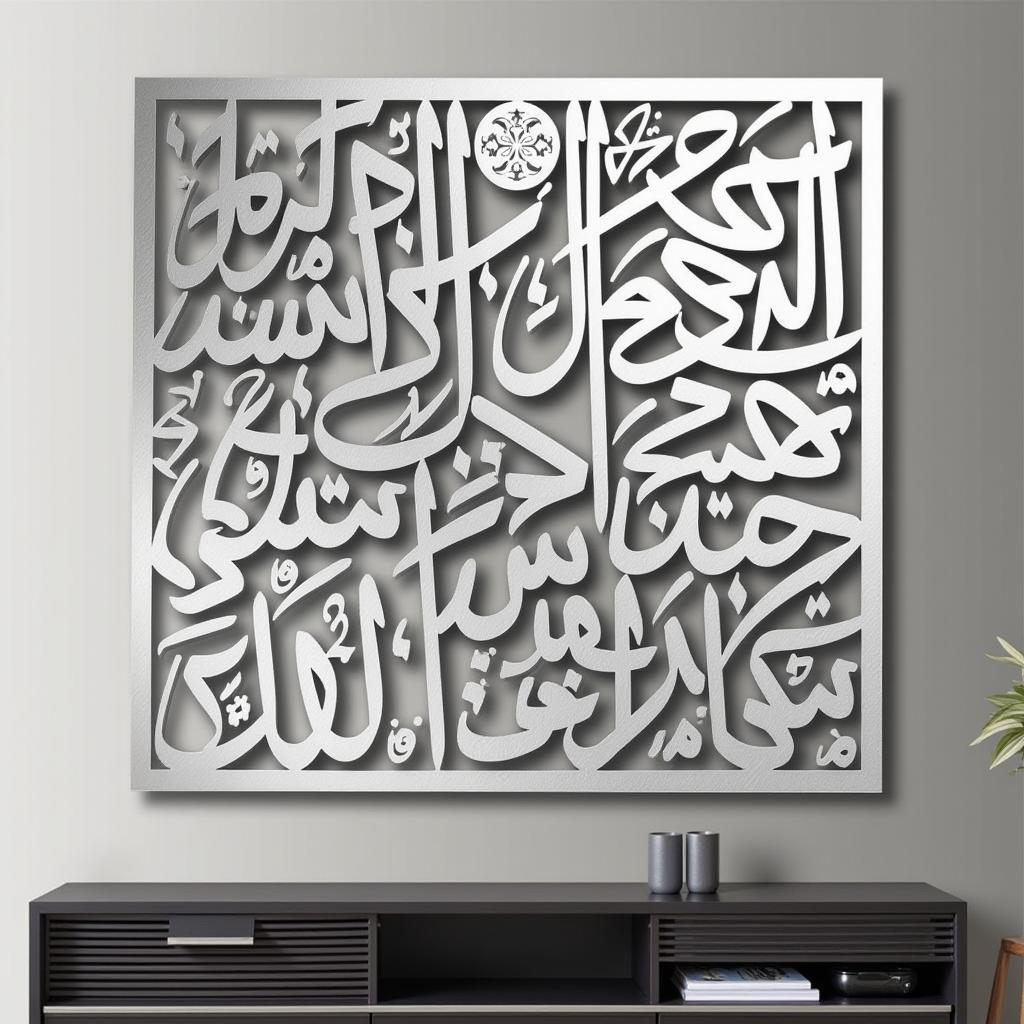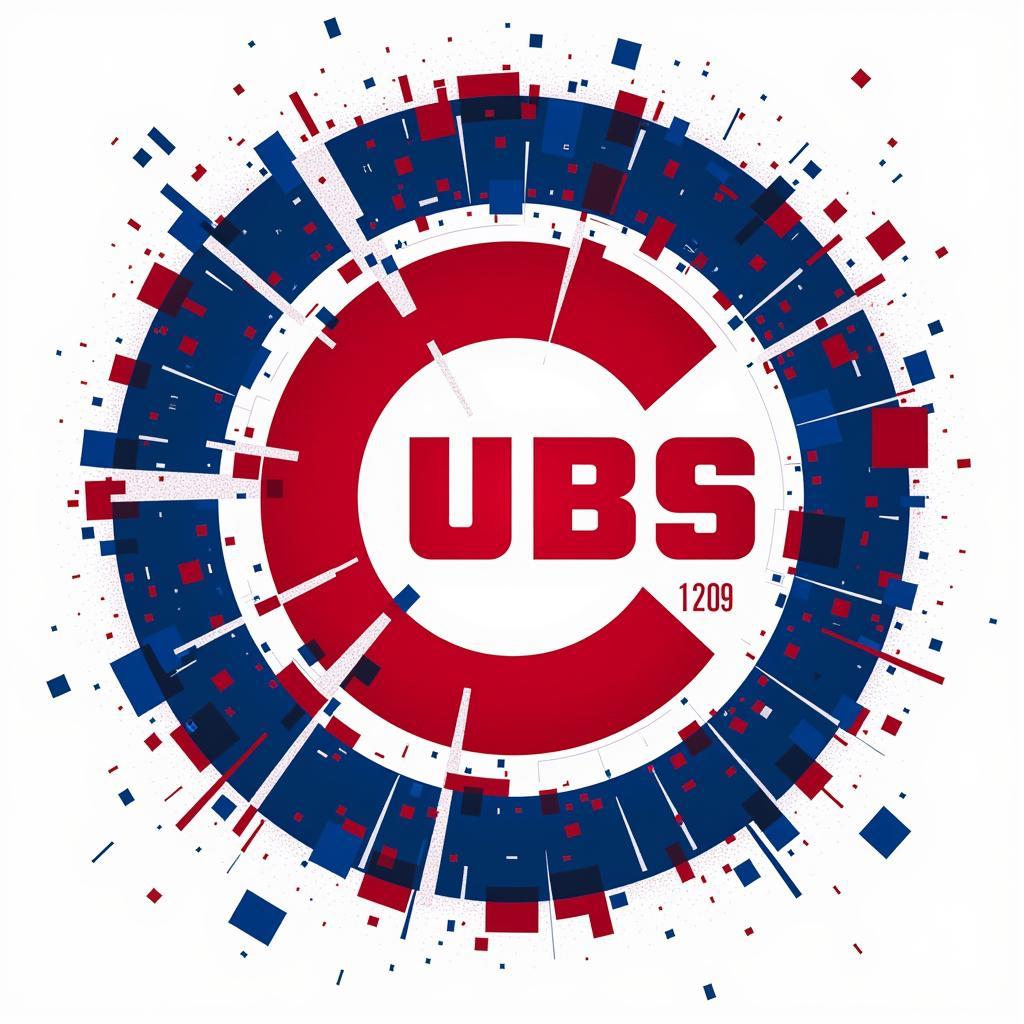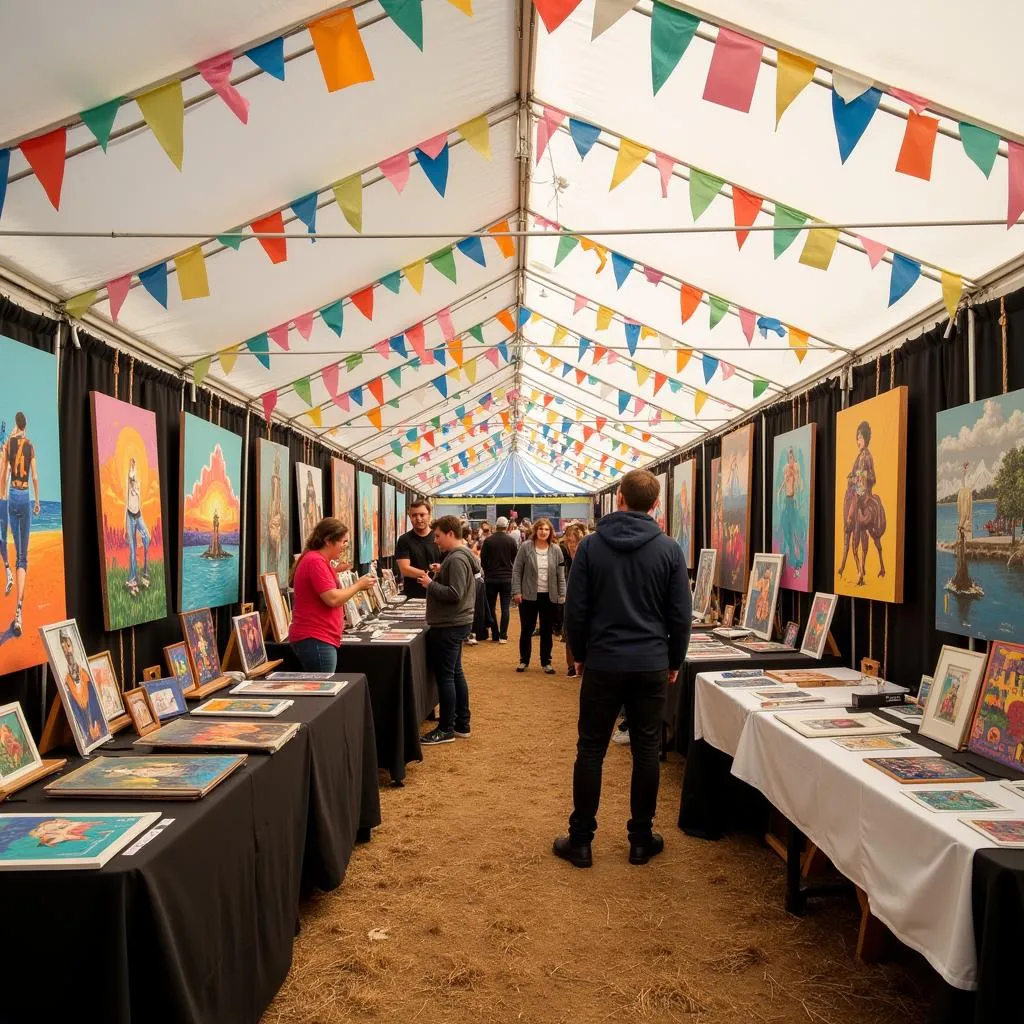Unveiling the Meaning Behind Abstract Jail Art
Abstract Jail Art, a poignant expression born from confinement, transcends the traditional boundaries of art. It offers a raw and unfiltered glimpse into the human experience behind bars, where creativity becomes a lifeline and abstraction a language of resilience. Through a symphony of colors, shapes, and textures, abstract jail art speaks volumes, conveying emotions that words often fail to capture.
Deciphering the Language of Abstract Jail Art
Unlike realistic depictions, abstract jail art relies on the evocative power of form and color to communicate. Swirling lines might represent the turmoil of confinement, while vibrant hues could signify hope amidst despair. Interpreting abstract jail art is a deeply personal experience, inviting viewers to connect with the artwork on an emotional level. Each stroke, conscious or subconscious, carries the weight of the artist’s reality, whispering stories of hardship, resilience, and the indomitable human spirit.
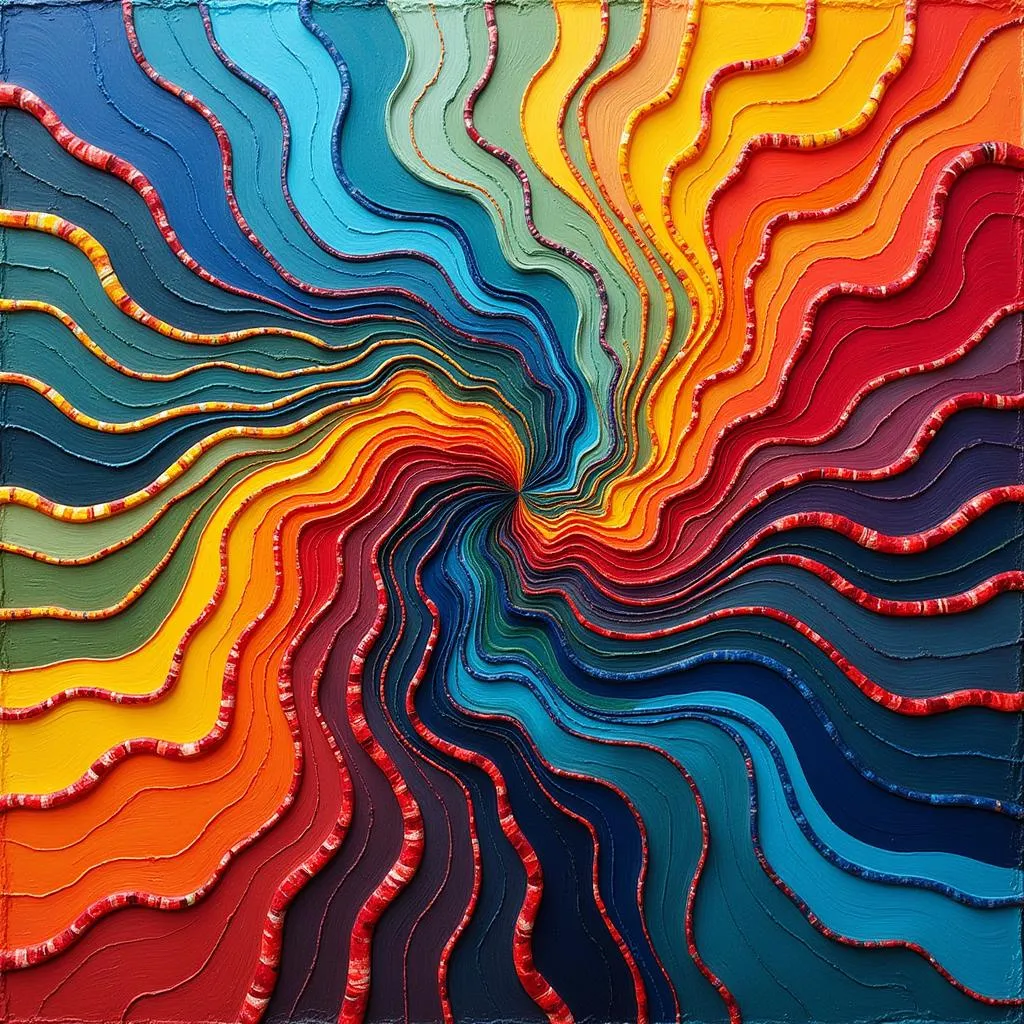 Abstract Jail Art – Colors and Shapes
Abstract Jail Art – Colors and Shapes
The Significance of Abstract Jail Art in Rehabilitation
Beyond its aesthetic appeal, abstract jail art plays a crucial role in the rehabilitation of incarcerated individuals. Art therapy programs within correctional facilities provide a constructive outlet for inmates to process trauma, cope with stress, and develop self-awareness.
How Abstract Jail Art Empowers
Engaging in abstract art allows inmates to:
- Express emotions: Abstract art provides a safe space for expressing complex emotions that might be difficult to articulate verbally.
- Develop coping mechanisms: The creative process itself can be therapeutic, offering a sense of control and agency in an environment where freedom is restricted.
- Boost self-esteem: Creating art, regardless of skill level, can foster a sense of accomplishment and boost self-worth.
Exploring the Themes of Abstract Jail Art
Abstract jail art delves into a myriad of themes, reflecting the realities of prison life and the inner world of the artists. Common themes include:
- Isolation and Confinement: Represented through the use of confined spaces, repetitive patterns, or a limited color palette.
- Longing for Freedom: Often depicted through imagery of birds, open skies, or abstract representations of movement and liberation.
- Hope and Resilience: Expressed through the use of vibrant colors, uplifting compositions, and symbolic imagery representing growth and transformation.
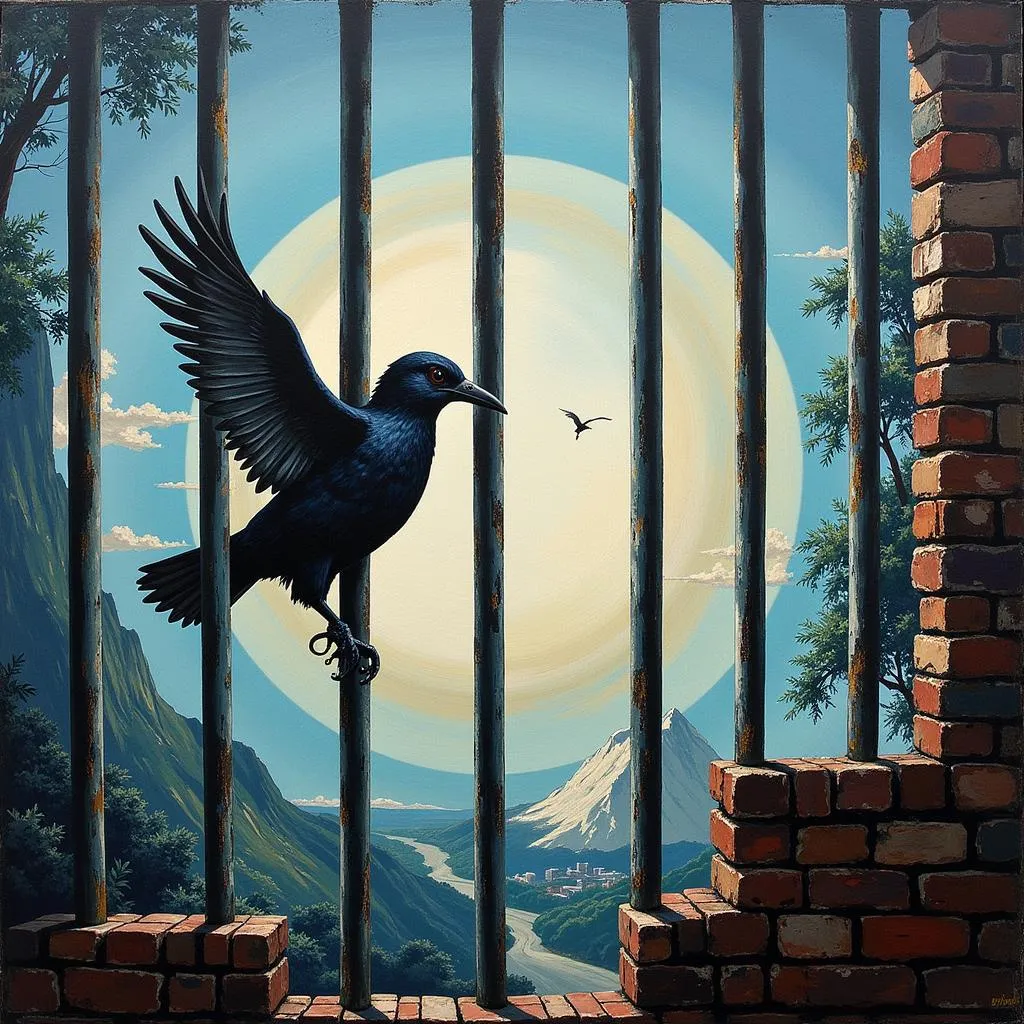 Longing for Freedom – Bird and Sky
Longing for Freedom – Bird and Sky
Abstract Jail Art: A Window into the Human Spirit
Abstract jail art serves as a powerful reminder of the resilience of the human spirit, even in the face of adversity. It challenges us to look beyond societal judgments and recognize the humanity within. By engaging with abstract jail art, we open ourselves to a deeper understanding of the complexities of the human experience.
Conclusion
Abstract jail art, born from the depths of confinement, transcends physical limitations to offer a poignant glimpse into the human soul. It is a testament to the transformative power of art and its ability to foster hope, healing, and self-discovery. By embracing abstract jail art, we embrace the stories it tells and acknowledge the humanity that binds us all.

